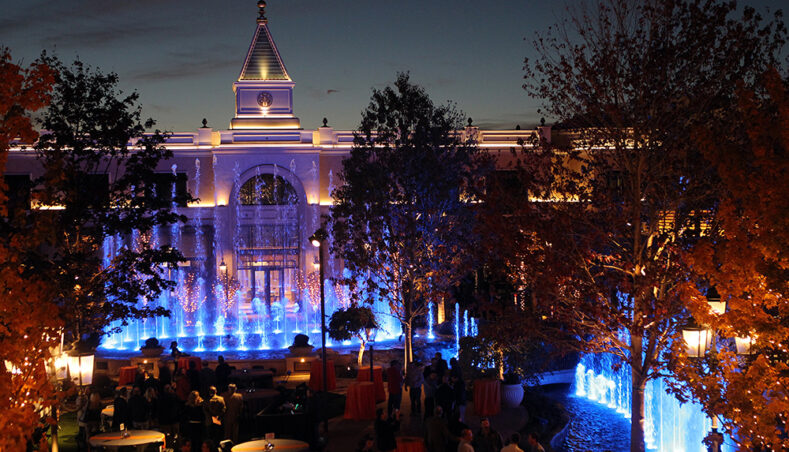Three Tips for Winterizing Your Water Feature
Posted in Insights -

Water features can have a significant positive impact on owners’ bottom line, especially if they are properly maintained.
A key part of maintenance is winterization, whether or not a fountain is installed in a colder climate. Many water feature components and equipment must be protected from lower temperatures and precipitation to continue operating optimally. Although owners and operators should work to keep fountains in the best possible condition year-round, they must also take extra steps to ensure their water feature is well prepared for the volatile winter months, particularly in areas where freezing temperatures are prevalent in the winter months.
At OTL, in addition to providing maintenance services for the water features we design and construct, we also have deep expertise as third-party providers of fountain maintenance. Our team has delivered these services for many projects situated in cold environments. Here are our top three tips for priming a water feature for the winter.
1. Start early. The best time to begin winterizing is well before the temperatures begin to dip too low. This can mean anywhere from mid to late October through early December, depending on the location. Here is a situation where “getting ahead of the weather” can save headaches and money down the road.
2. Adopt a prevention mindset. A program of preventative maintenance before the winter season can go a long way toward protecting water features from unnecessary wear and tear and damage. This starts with steps like repairing or updating finishes and lighting, polishing metal finishes, and adding warming devices to equipment vaults to limit exposure to freezing temperatures. While this type of maintenance should be ongoing, being extra attentive to these issues in advance of winter is highly recommended.
3. Know when to call in a professional. Many of the water features OTL delivers for locations that experience cold weather are designed to be kept warm with heat exchangers – a cost-effective option as they can often be tied in with a building’s heating systems or utilize waste heat – or heat-trace. We strongly suggest having this equipment inspected by a professional with expertise in water feature maintenance each year before it is used. Taking this precaution can identify any potentially concerning issues and circumvent serious damage that could otherwise be costly and/or shut down the fountain.
Winterizing is an important part of every water feature’s maintenance program. By following these simple tips, stakeholders can protect their investment and ensure their fountains’ longevity for many years into the future.
Featured Articles
- What Our Clients Taught Us About Accountability
- 3 Sustainability Trends Expected to Dominate the CRE Market in 2025
- Getting to Know OTL’s Administrative/Accounting Assistant Nathan Touche
- Centers With Well-Designed Experiential Water Features Can Attract 30,000 Visitors Per Week
- Fountains of Light: California Water Features Developer Opens North Texas Office